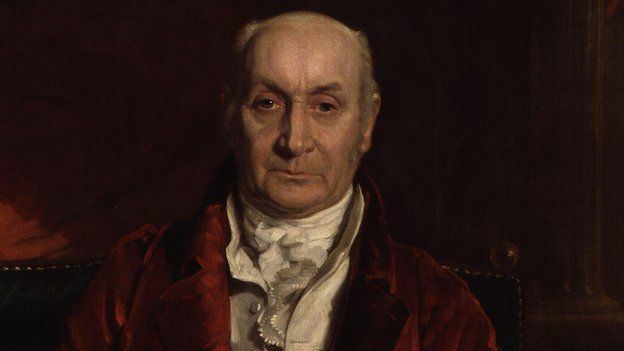Name James Sadler | Role Balloonist | |
 | ||
Died 1828, Oxfordshire, United Kingdom | ||
James Sadler (February 1753 – 28 March 1828) was the first English balloonist, as well as a chemist and pastry chef.
Contents

Life
Sadler worked as a pastry chef in the family business, The Lemon Hall Refreshment House, a small shop in Oxford.
Sadler was the second person to make a balloon ascent in England, very soon after the Tuscan Vincent Lunardi's flight on 15 September 1784 in the grounds of the Honourable Artillery Company at Moorfields. However, James Sadler was the first English Aeronaut having made his ascent during the month after on 4 October 1784 from Christ Church Meadow, Oxford. The balloon rose to about 3,600 feet and landed near Woodeaton, around six miles away. His second ascent on 12 November, this time in a hydrogen-filled balloon, reached Aylesbury in Buckinghamshire after a twenty-minute flight. In May of the following year he took off near Moulsey Hurst, Surrey, accompanied by W. Wyndham MP, hoping to reach France, but in fact descending in the Thames Estuary, and thus failing to repeat the earlier exploit of Jean-Pierre Blanchard and his passenger. Sadler made two further ascents in May 1785, the first of which was from a field behind a gentleman's garden on the site of what is now Balloon Street in Manchester. On this flight he was accompanied by a cat and landed in Radcliffe. On his second ascent he travelled alone and having risen to 13,000 ft. travelled 50 miles before landing near Pontefract, West Yorkshire. On this occasion, he sustained bad injuries after being dragged for around 2 miles by the balloon, which eventually threw him clear before taking off again empty.
He was appointed Chemist in 1796 in the newly created Naval Works Department under Sir Samuel Bentham. Although the post was only abolished in 1807, he had major disagreements with Bentham and carried out few works. His most important invention was that of the table steam engine. He was responsible for improvements to cannon design, from the barrel to the shot used, to improve accuracy; for which he was praised by Admiral Lord Nelson.
He resumed his ballooning activities although he was devastated by the death of his younger son, Windham Windham Sadler, in a ballooning accident in 1824.
He is buried at the church of St Peter-in-the-East in Oxford, now part of the college St Edmund Hall.
Legacy
Although a celebrity in his own time, Sadler is largely unknown today. This has been partly attributed to his lack of writing any works and partly to class prejudice: he was only a pastry chef and not formally educated. Despite being a resident of Oxford and an accomplished scientist, the university mostly ignored him and academics looked down on him. While obituaries for Sadler were written elsewhere on his death, the university's own newspaper wrote simply, "Mr James Sadler, elder brother of Mr Sadler of Rose Hill, Oxford, has died."
A public square in Manchester was named after Sadler on 8 September 2015 by NOMA, which is a neighbourhood being developed in partnership by The Co-operative Group and Hermes Investment Management. The square is named Sadler's Yard and is near to Balloon Street.
